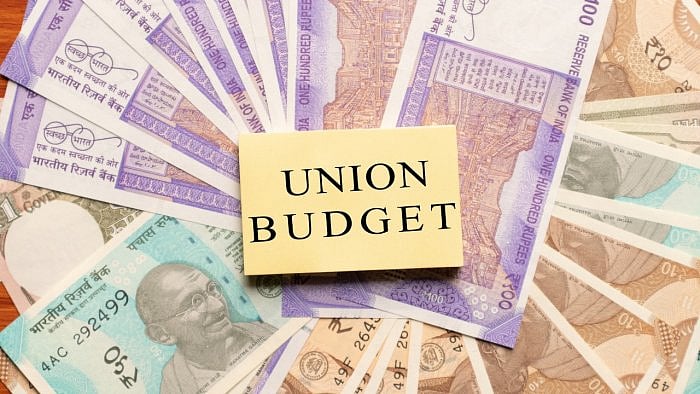
The Union budget tabled last month upholds the country’s vision of growth-based upliftment, using seven crucial priorities named the “Saptarishi.” Without an appropriate explanation of how these priorities were envisioned, the budget misses the “pole star” in the Saptarishi mandal, i.e., human development in terms of education and health. As the finance minister notes in her budget speech, “capital investment outlays are being increased steeply by 33% to Rs 10 lakh crore, or 3.3% of GDP, which will be almost three times the outlay made in 2019”.
According to Prof Gary S Becker, the American economist who received the 1992 Nobel Memorial Prize in Economic Sciences, investment in human capital should go towards ensuring a healthy diet for all. He was referring to the supply side, but it is crucial to note the demand side, which presents an opportunity to harness human capital. Such opportunities are mainly for employment.
The 2020 human capital index ranked India at 112th with an overall score of 0.4935 (between 0 and 1), which was higher than the average of the South Asia region (0.48) and lower middle-income countries (0.48), but lower than countries like Nepal (0.5046) and Sri Lanka (0.5903). The severity of missing this ‘Pole Star’ can be gauged from the standpoint that backward human resources have been held responsible for lopsided growth and growing inequality in the nation.
With the highest-ever allocation of Rs 1.13 lakh crore, the Ministry of Education had much to cheer about for human development. Interestingly, the expenditure of autonomous bodies for 2023–24 is Rs 14,391.36 crore. This when the country’s education system is dogged by inequality and inequity in quality education delivery. Fund allocation to centrally sourced autonomous bodies of education leaves behind the most crucial centres of education that are state-funded, locally administered, and still suffer from discrimination based on geography, caste, and religion, as well as from linguistic exclusion.
The vicious cycle of inequality and discrimination is even worse in the case of higher education in India, where a divide is now visible across institutes and also across disciplines. With higher allocation to IITs and NITs and their performance improving, graduates from these institutions being preferred by employees, graduates from other institutions are left behind widening the income gap even among technically qualified.
Similarly, funding for science, technology, and engineering has increased and social science in higher education is largely ignroed. These divisions cannot be dealt with by a pan-India classification of education in the annual financial statement.
Inequality in education affects human capital immensely and thus demands discrete attention. The problem of health is even worse with similar issues of inequality in place, which require no new explanation.
The paradox of physical capital in the absence of human capital development requires introspection. Starting from building mega rail and infrastructure projects with the help of finance and manpower from Japan, assistance from Israel in renewable technologies, and help from the United States in defence and manufacturing, these represent something other than India’s growing importance in geopolitics, i.e., a lack of adequate human capital to match the global pace of innovation and growth. It is high time to note that the soft power that India has gained in recent times is being outsourced to China.
Harping on the successes of a few institutions in the country hardly solves the human capital problem, and so too in the case of health in the country. As the “pole star” and not “the Saptarishi” are used to find the right direction, we should be headed towards better human capital formation, which will be beneficial for the nation in the long run and with cumulative returns. To begin with, we could have in the annual financial statement a separate section for “human capital budget,” which can include education and health along with other dimensions, with well-defined goals to be achieved over a
period of time.
(The writer is Junior Research Fellow at ISEC, Bengaluru.)